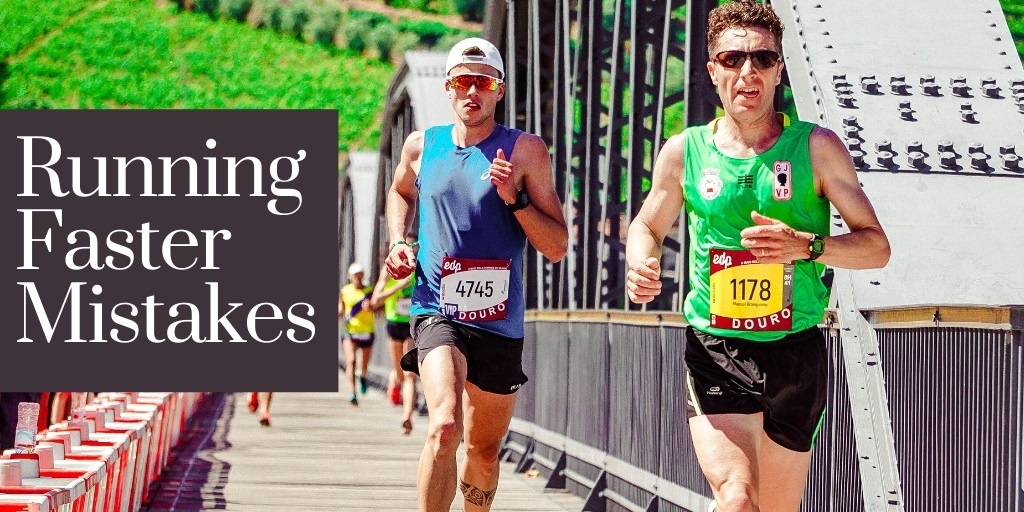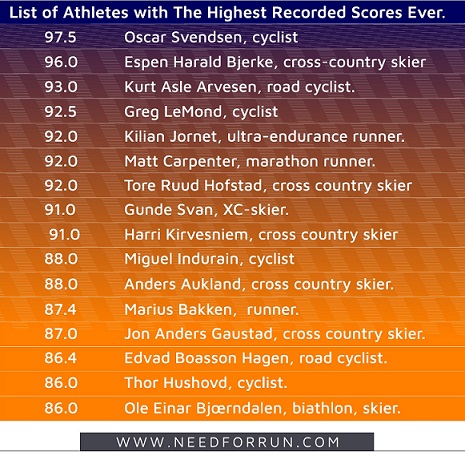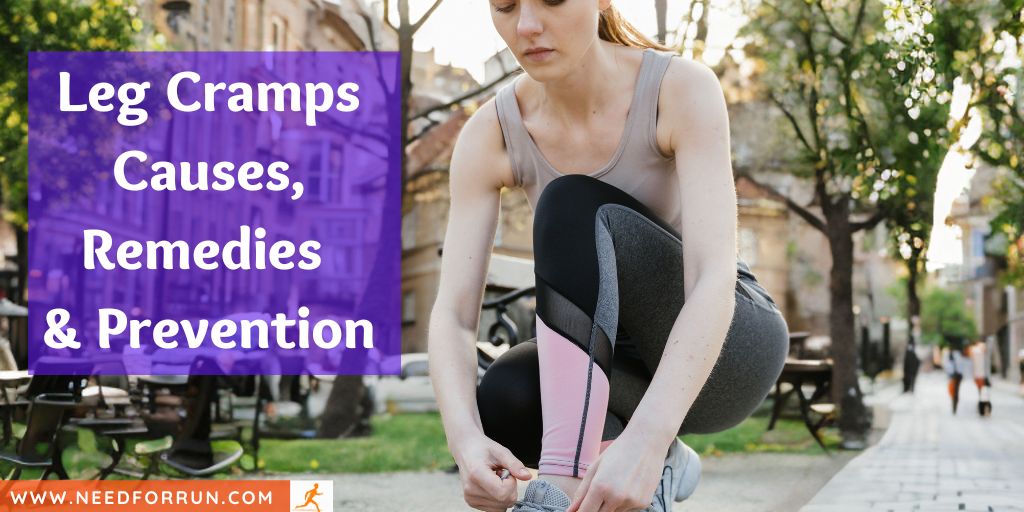
Discover the key factors behind leg cramps and the underlying reasons that affect your running experience. These pesky spasms can disrupt your race performance and post-run recovery. Dive into an exploration of leg cramps’ causes, and find practical remedies and prevention strategies to enhance your running.
But worry not! In this comprehensive article, we will delve deep into the intricacies of runners’ leg cramps, providing you with invaluable insights into their causes, effective remedies, and specialized prevention strategies. With this guidance, you will conquer these bothersome leg cramps and reclaim your strength on the track.
1. Understanding Runners’ Leg Cramps: Unraveling the Causes and Impact
Leg cramps are sudden, involuntary muscle contractions during or after running, and even when you sleep. They can strike various muscle groups in your legs, leaving you in discomfort and potentially hindering your performance. Understanding the impact of leg cramps on your running journey is crucial for appreciating their significance.
Not only can leg cramps disrupt your running rhythm and slow you down, but they can also lead to decreased endurance and increased risk of injury.
By understanding the significance of leg cramps, you’ll recognize the importance of taking proactive measures to ensure a robust and consistent running routine.
Leg cramps among runners can have various causes. Here is a list of potential factors that contribute to leg cramps specifically in runners:
- Muscle fatigue: Overexertion and prolonged running can lead to muscle fatigue, increasing the likelihood of experiencing leg cramps.
- Dehydration: Insufficient hydration can result in electrolyte imbalances, affecting muscle function and triggering leg cramps.
- Electrolyte imbalances: Low levels of important minerals like potassium, magnesium, and calcium can contribute to muscle cramping.
- Inadequate warm-up or cool-down: Skipping proper warm-up exercises or neglecting to cool down after a run can increase the risk of leg cramps.
- Improper footwear: Wearing worn-out or ill-fitting running shoes may lead to muscle imbalances and cramping.
- Running technique: Poor running form or excessive strain on certain muscles can contribute to leg cramps.
- Nutritional deficiencies: Inadequate intake of essential nutrients, such as vitamins and minerals, can increase the likelihood of muscle cramps.
- Cold weather: Exercising in cold temperatures can cause muscles to contract more tightly, increasing the risk of cramps.
- Underlying medical conditions: Certain medical conditions like peripheral artery disease (PAD) or nerve compression can contribute to leg cramps during running.
- Overtraining: Pushing yourself beyond your body’s limits without allowing for proper recovery can lead to muscle fatigue and cramping.
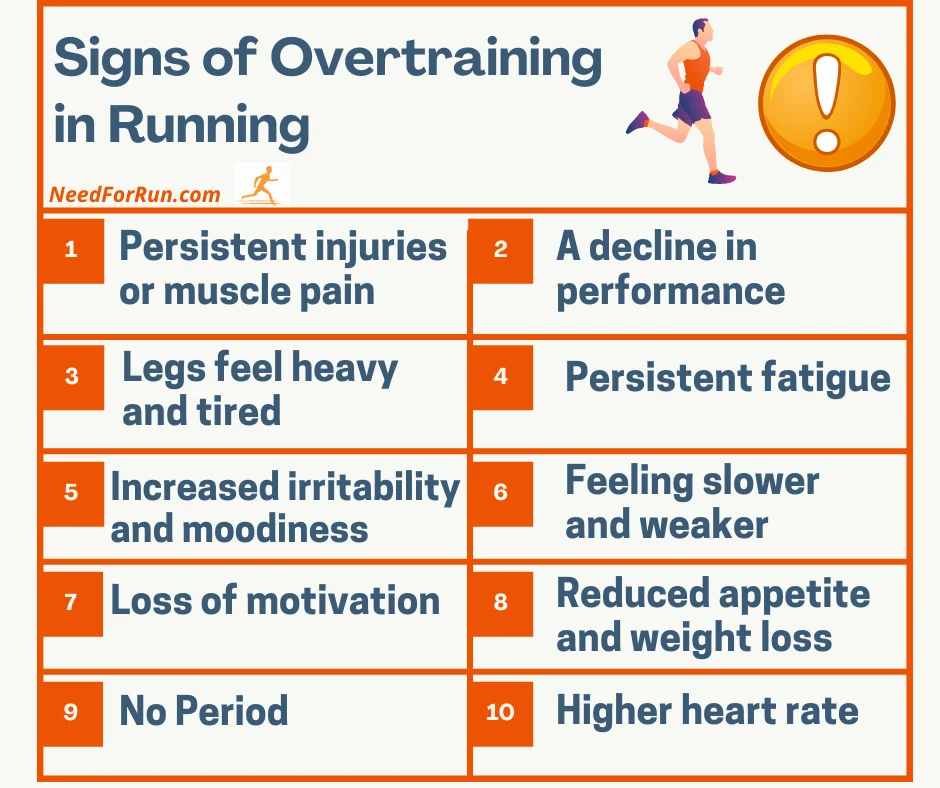
Remember, each individual’s experience may vary, and it’s important to consult with a healthcare professional for an accurate diagnosis and personalized advice if you’re experiencing recurrent leg cramps during your running routine.
Disclaimer: This post is not medical advice and is not intended to provide diagnosis or treatment for any medical conditions. Please consult a physician or other health care professional for your specific health care and/or medical needs or concerns.
2. Battling Leg Cramps During Runs: Overcoming the Discomfort
Managing and preventing leg cramps during runs requires a proactive approach. Here are some strategies to help you minimize the occurrence of leg cramps:
- Proper hydration: Ensure you’re adequately hydrated before, during, and after your runs. Drink water regularly and consider sports drinks or electrolyte solutions to replenish electrolytes lost through sweat.
- Stretching and warm-up: Perform dynamic stretches and a thorough warm-up before running to prepare your muscles for the activity. Focus on the muscles prone to cramping, such as the calves, hamstrings, and quadriceps.
- Gradual training progression: Avoid sudden increases in mileage or intensity, as this can put excessive stress on your muscles. Gradually build up your training volume to allow your muscles to adapt and reduce the risk of cramps.
- Strength training and cross-training: Incorporate strength exercises that target the muscles used in running, such as calf raises and squats. Cross-training activities, like swimming or cycling, can also help improve muscle balance and reduce the likelihood of cramps.
- Proper footwear: Invest in high-quality running shoes that provide adequate support and cushioning. Replace worn-out shoes regularly to maintain proper foot alignment and reduce the risk of muscle imbalances.
- Electrolyte balance: Consume a balanced diet that includes foods rich in potassium, magnesium, and calcium. Consider incorporating electrolyte-rich foods or supplements to support muscle function.
- Regular rest and recovery: Allow for proper rest and recovery days between intense workouts. Incorporate foam rolling or gentle stretching into your post-run routine to promote muscle relaxation and prevent cramping.
- Listen to your body: Pay attention to early signs of muscle fatigue or discomfort. If you feel any tightness or twinges in your muscles during a run, slow down or take a short walking break to prevent cramps from intensifying.
- Cooling measures: Cooling strategies: When running in hot weather, it’s crucial to implement effective techniques to regulate body temperature and reduce the risk of cramps. To learn more about running in the heat, visit this resource on running in hot weather.
- Seek professional guidance: If you experience persistent or severe leg cramps, consult with a sports medicine professional, physiotherapist, or healthcare provider who can assess your condition and provide personalized recommendations.
Remember, prevention is key when it comes to leg cramps during runs. By implementing these strategies and listening to your body’s signals, you can minimize the occurrence of cramps and enjoy smoother, more comfortable runs.
3. Nighttime Leg Cramps: The Uninvited Guests That Disrupt Your Sleep
Leg cramps at night, also known as nocturnal leg cramps, are muscle spasms that occur during sleep. While the causes and discomfort of leg cramps during running are similar to those at night, nocturnal leg cramps can be particularly disruptive to your sleep patterns. Understanding the specific factors contributing to leg cramps at night and implementing preventive measures can help alleviate or reduce their occurrence.
The causes of running leg cramps at night are often similar to those experienced during runs, including muscle fatigue, dehydration, electrolyte imbalances, and muscle imbalances. The strain placed on the leg muscles during running can leave them susceptible to cramping hours later, even during sleep.
The strain placed on the leg muscles during running can leave them susceptible to cramping hours later, even during sleep.
To prevent and manage running leg cramps at night, consider the following strategies:
- Stay Hydrated:: Ensure you stay hydrated throughout the day, including before bedtime. Proper hydration helps maintain electrolyte balance, which is essential for muscle function.
Also, avoid excessive consumption of caffeine or alcohol, which can contribute to dehydration. - Stretching and gentle exercises: Prioritize stretching exercises that target the leg muscles before going to bed. Focusing on the calves, hamstrings, and quadriceps can help relax the muscles and reduce the likelihood of cramping.
- Magnesium supplementation: Consult with a healthcare professional to determine if magnesium supplementation is appropriate for you. Magnesium plays a role in muscle function and may help reduce the frequency of leg cramps.
- Sleep environment: Create a comfortable and relaxing sleep environment. Optimize factors such as temperature, lighting, and noise levels to promote quality sleep.
- Proper Bedding: Ensure your mattress provides adequate support and comfort for your body. Use pillows or cushions to elevate your legs, promoting better blood circulation.
- Use a Heating Pad: Applying a heating pad to the affected muscles before bed can help relax them and reduce the risk of cramps.
By implementing these strategies, you can minimize the occurrence and intensity of running leg cramps at night. If leg cramps persist or significantly disrupt your sleep despite these measures, it is advisable to consult with a healthcare professional for further evaluation and personalized guidance.
Remember, everyone’s experience with leg cramps may vary, and it may take some experimentation to find the most effective strategies for preventing and managing nocturnal leg cramps.
4. Effective Remedies for Runners’ Leg Cramps: Getting Back on Track
Massage
Gently massaging the affected muscle can help alleviate tightness and promote relaxation.
Heat or Cold Therapy
Applying a warm compress or taking a warm bath can help relax muscles and increase blood flow. Alternatively, using a cold pack or ice wrapped in a cloth can help numb the area and reduce inflammation.
Epsom Salt Soak
Soaking your legs in a warm bath with Epsom salt can help relax muscles and provide relief from leg cramps.
Gentle Stretching
Performing gentle stretching exercises for the affected muscle can help relieve tension and reduce the intensity of leg cramps. Here are some stretches that can help relieve tension and reduce the intensity of leg cramps:
- Calf Stretch: Stand facing a wall with one foot forward and the other foot back. Lean forward, keeping both heels on the ground, until you feel a stretch in your calf muscles. Hold for 20-30 seconds on each leg.
- Hamstring Stretch: Sit on the edge of a chair or bench with one leg extended straight in front of you. Gently reach towards your toes, keeping your back straight, until you feel a stretch in the back of your thigh. Hold for 20-30 seconds on each leg.
- Quadriceps Stretch: Stand tall and bring one heel towards your glutes by bending your knee. Grasp your ankle with your hand and gently pull your heel closer to your body until you feel a stretch in the front of your thigh. Hold for 20-30 seconds on each leg.
- Inner Thigh Stretch: Stand with your feet wider than shoulder-width apart and toes pointing outward. Slowly bend one knee, lowering your body to the side while keeping the other leg straight. You should feel a stretch in your inner thigh. Hold for 20-30 seconds on each leg.
- Hip Flexor Stretch: Kneel on one knee with the other foot flat on the ground in front of you. Lean forward, shifting your weight onto the front leg, until you feel a stretch in the front of your hip. Hold for 20-30 seconds on each leg.
Remember to perform these stretches gently and gradually, without bouncing or causing pain. It’s important to listen to your body and avoid overstretching. If you experience any discomfort or have any existing injuries, consult with a healthcare professional or a qualified trainer before attempting these stretches.
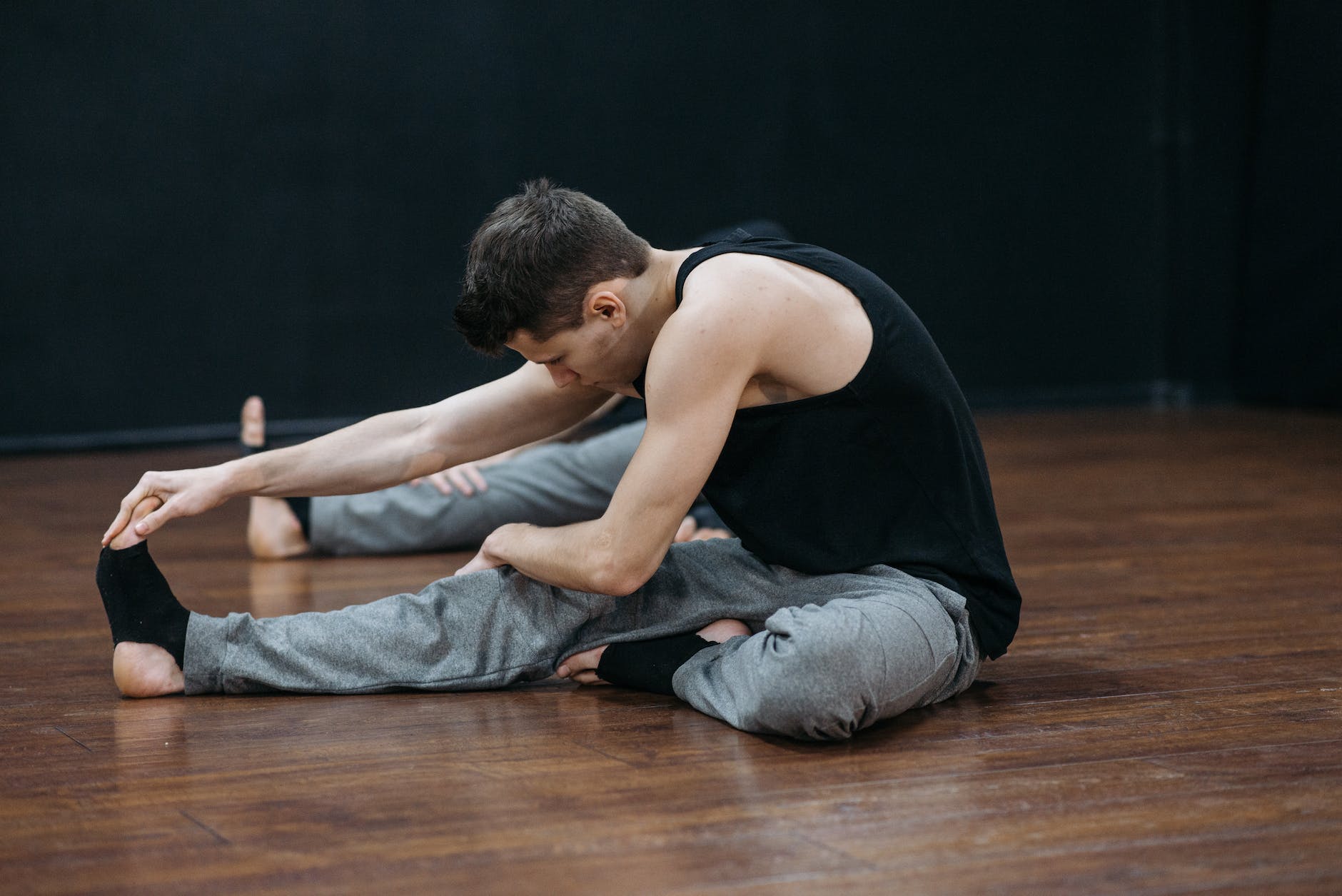
5. Preventing Leg Cramps: Strategies to Keep You Running Strong
a) Stay Hydrated:
Drink plenty of fluids throughout the day, especially before and after exercise, to maintain proper hydration levels.
b) Stretching Routine:
Incorporate regular stretching exercises into your fitness routine to improve flexibility and reduce the risk of muscle cramps.
c) Gradual Training Progression:
Avoid sudden increases in the intensity or duration of your workouts. Gradually progress your training to allow your muscles to adapt and minimize the risk of cramping.
d) Proper Nutrition:
Ensure you have a well-balanced diet that includes foods rich in essential minerals like potassium, magnesium, and calcium.
Here are a few foods rich in essential minerals that can be included in a well-balanced diet for preventing leg cramps:
- Bananas: A great source of potassium, which is essential for muscle function and preventing cramps.
- Leafy Green Vegetables: Spinach, kale, and Swiss chard are rich in magnesium, which helps relax muscles and prevent cramping.
- Oranges: High in vitamin C and electrolytes like potassium, oranges can aid muscle function and prevent cramps.
- Yogurt: A good source of calcium, which is important for muscle contraction and relaxation.
- Nuts and Seeds: Almonds, walnuts, chia seeds, and flaxseeds provide magnesium, potassium, and healthy fats that support muscle health.
- Dairy Products: Milk, cheese, and yogurt are rich in calcium and can contribute to maintaining healthy muscles.
- Salmon: A fatty fish that provides omega-3 fatty acids, which have anti-inflammatory properties and can help reduce muscle soreness.
6. Integrating Stretching and Strengthening: Building Resilience Against Leg Cramps
a) Regular Stretching: Incorporate regular stretching exercises into your routine, targeting all major muscle groups, including the calves, hamstrings, and quadriceps.
b) Strengthening Exercises: Engage in strength training exercises focusing on the leg muscles to improve muscle strength and endurance.
c) Balance Training: Incorporate exercises that challenge your balance, such as yoga or Pilates, to enhance stability and reduce the risk of muscle imbalances that can lead to cramping.
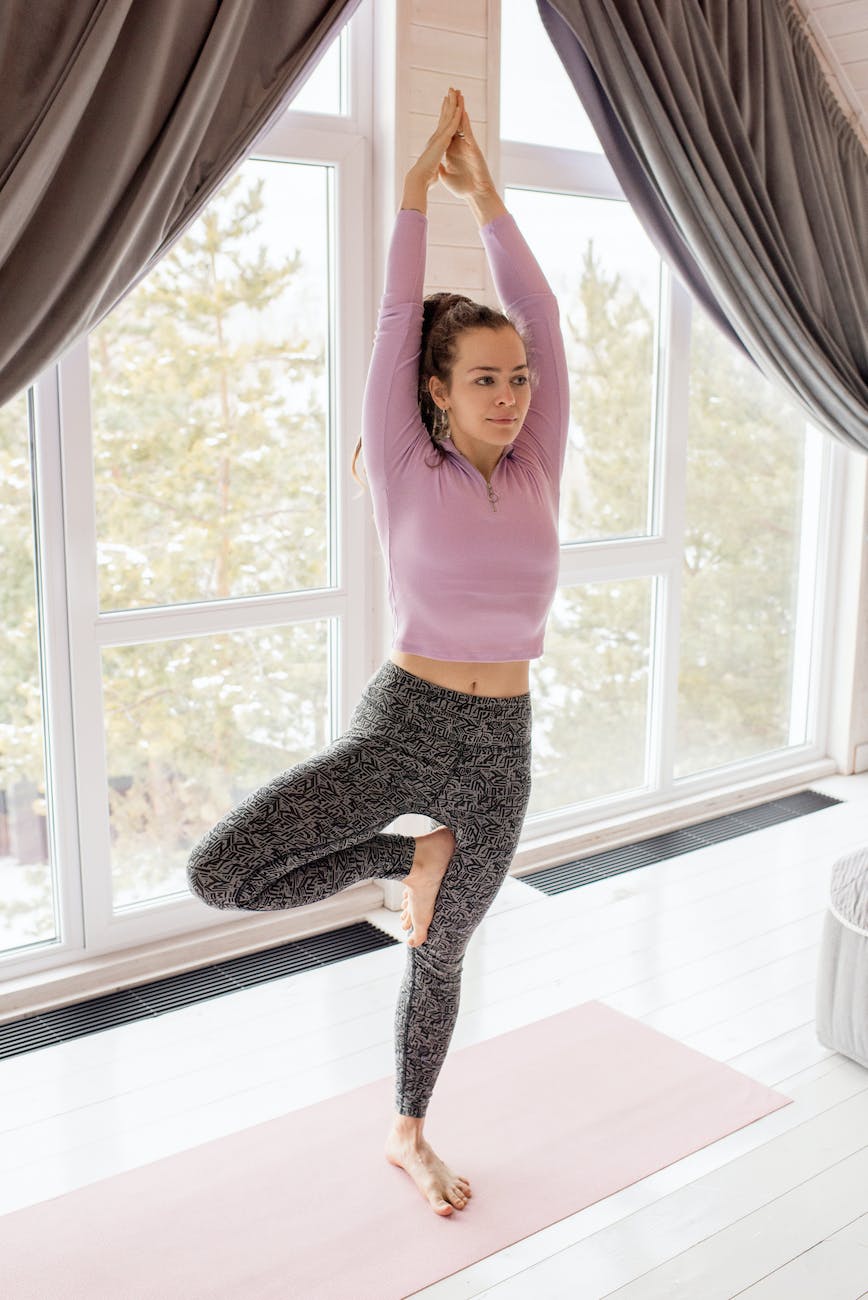
7. Nutrition and Hydration: Fueling Your Body to Avoid Leg Cramps
a) Balanced Diet: Consume a well-rounded diet rich in fruits, vegetables, whole grains, lean proteins, and healthy fats to provide your body with essential nutrients.
b) Electrolyte Balance: Ensure you maintain proper electrolyte balance by including foods or beverages that contain electrolytes, such as bananas (potassium), leafy greens (magnesium), and dairy products (calcium).
c) Hydration: Drink enough water throughout the day to maintain adequate hydration, especially during exercise or hot weather conditions.
8. Seeking Professional Help: When to Consult a Doctor or Physical Therapist
If you experience persistent or severe leg cramps that significantly impact your daily life or exercise routine, it’s advisable to seek medical advice. Additionally, if leg cramps are accompanied by other concerning symptoms, such as swelling, redness, numbness, or persistent pain, it’s important to consult a healthcare professional for further evaluation and guidance.
9. In Summary, Top 3 Tips for Overcoming Leg Cramps
- Stay Hydrated: Dehydration can contribute to muscle cramps, so it’s important to stay properly hydrated. Drink an adequate amount of water throughout the day, especially before, during, and after exercise. This helps maintain electrolyte balance and muscle function.
- Maintain Proper Nutrition: Ensure you have a well-balanced diet that includes foods rich in essential minerals like potassium, magnesium, and calcium. These nutrients are crucial to muscle function and can help prevent cramps. Incorporate foods such as bananas, leafy green vegetables, dairy products, nuts, and seeds into your meals.
- Stretch and Massage: When a leg cramp occurs, gently stretch and massage the affected muscle. This can help relieve tension and reduce the intensity of the cramp. Focus on gentle and gradual movements to avoid further discomfort.
By implementing these tips, you can reduce the occurrence and intensity of leg cramps, allowing you to continue your activities with greater comfort and ease.
➤ Leg Cramps In Runners Frequently Asked Questions
Running with leg cramps can pose risks and may be uncomfortable, but it is generally not considered a dangerous activity. However, it is essential to listen to your body and exercise caution. Running with severe or persistent leg cramps could increase the likelihood of muscle strain or injury. If you experience intense pain or the cramps worsen during your run, it is advisable to stop, stretch, and allow the cramps to subside before continuing.
Additionally, proper hydration, warm-up, and stretching routines, as well as addressing underlying causes of leg cramps, can help reduce the occurrence of cramps during running and minimize any associated risks.
Consulting a healthcare professional for personalized advice is recommended, especially if the leg cramps persist or significantly affect your running performance.
Leg cramps can be incredibly painful due to the sudden and involuntary muscle contractions they cause. These contractions lead to a sensation of tightness and discomfort, while the prolonged muscle contraction reduces blood flow, depriving the muscle of oxygen and nutrients. Additionally, muscle fatigue and potential muscle damage can contribute to the intensity of the pain experienced during leg cramps.
To immediately alleviate leg cramps, try gently stretching and massaging the affected muscle, applying heat or cold therapy, hydrating and replenishing electrolytes, lightly walking or jiggling the leg, and considering over-the-counter pain relief medication.
Keep in mind that the effectiveness of these methods can vary, so it may be necessary to experiment and find the most suitable approach for you. If leg cramps persist or become a frequent occurrence, seeking medical advice is recommended for further evaluation and guidance.
Foods that can help prevent cramps while running include bananas, oranges, spinach, yogurt, nuts and seeds, and watermelon. These foods provide essential nutrients like potassium, magnesium, and electrolytes that support muscle function and prevent cramping. Remember to stay hydrated and maintain a balanced diet overall to minimize the risk of cramps during running.
➤ References
- “What to Know About Overexertion” on WebMD website. Reviewed by Dan Brennan, MD on November 27, 2021
https://www.webmd.com/fitness-exercise/what-to-know-about-overexertion - Centers for Disease Control and Prevention (CDC) of United States of America: “Peripheral Arterial Disease (PAD)” (Last Reviewed: December 19, 202):
https://www.cdc.gov/heartdisease/PAD.htm - Christine Luff, ACE-CPT – Medically reviewed by Miho J. Tanaka, MD (Updated on May 16, 2022) on the Verywell Fit website: “Calf and Leg Cramps From Running”.
https://www.verywellfit.com/how-can-i-avoid-and-treat-muscle-cramps-2911343 - Emily Brown: How to Prevent Muscle Cramps While Running. Published by Runners Connect.
https://runnersconnect.net/muscle-cramps-while-running/ - “Nocturnal Leg Cramps” Written by Matt McMillen – Medically Reviewed by Melinda Ratini, MS, DO on March 03, 2022.
https://www.webmd.com/sleep-disorders/leg-cramps - Franciscan Health: 8 Ways To Prevent Cramps While Running (March 20, 2023).
https://www.franciscanhealth.org/en/community/blog/8-ways-to-prevent-cramps-while-running





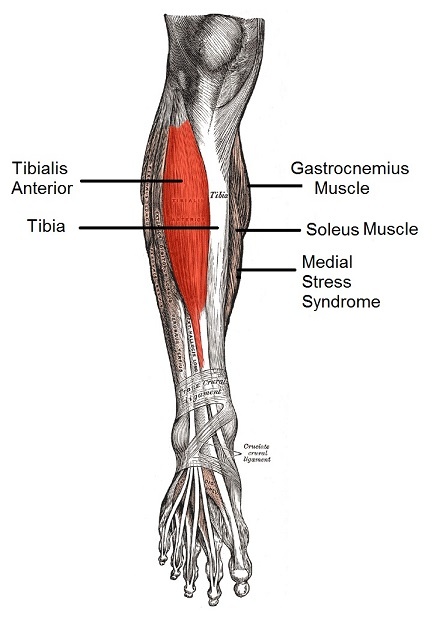

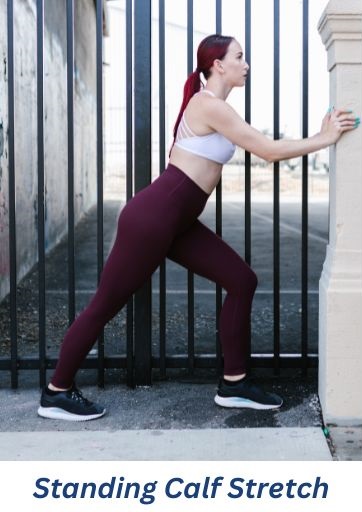
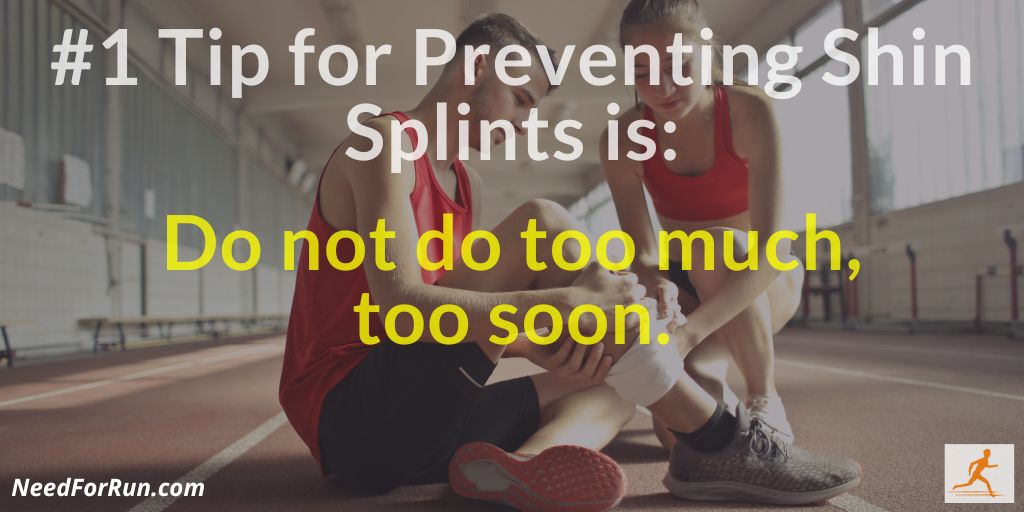
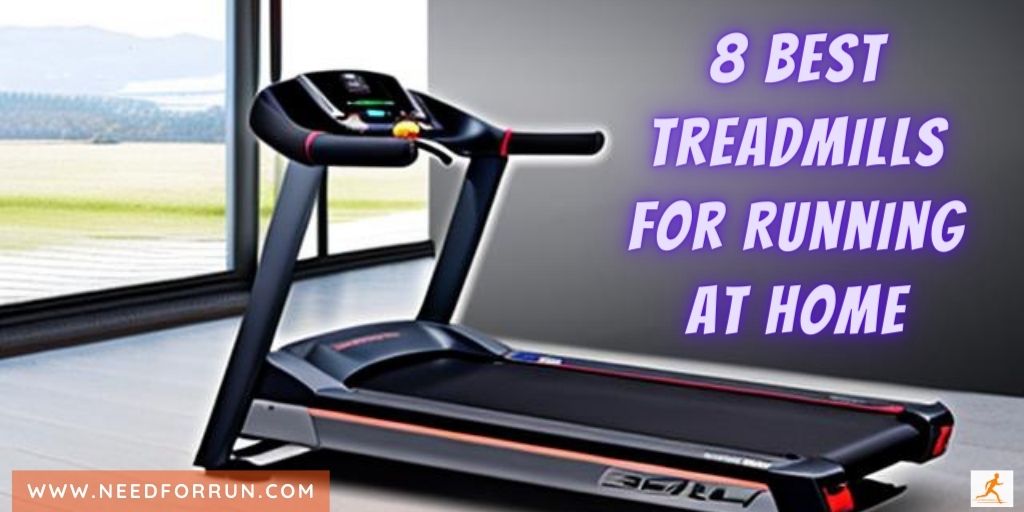













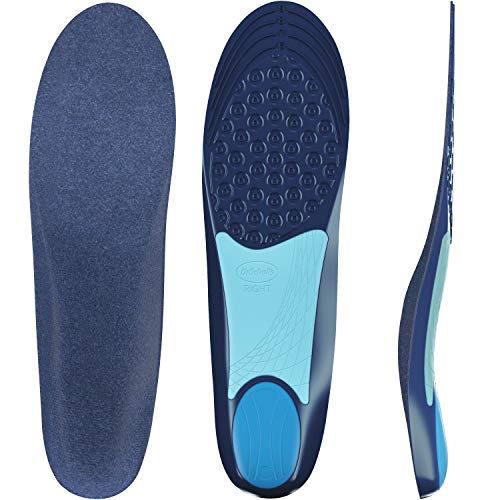
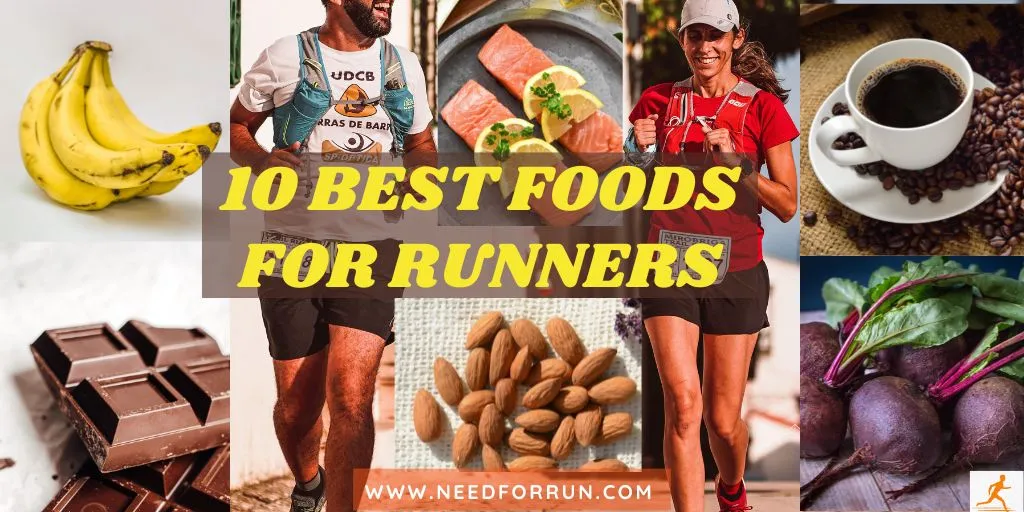

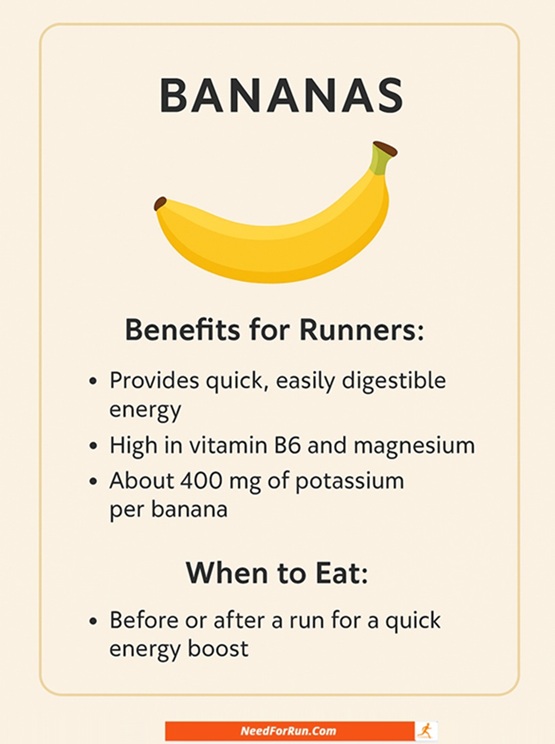
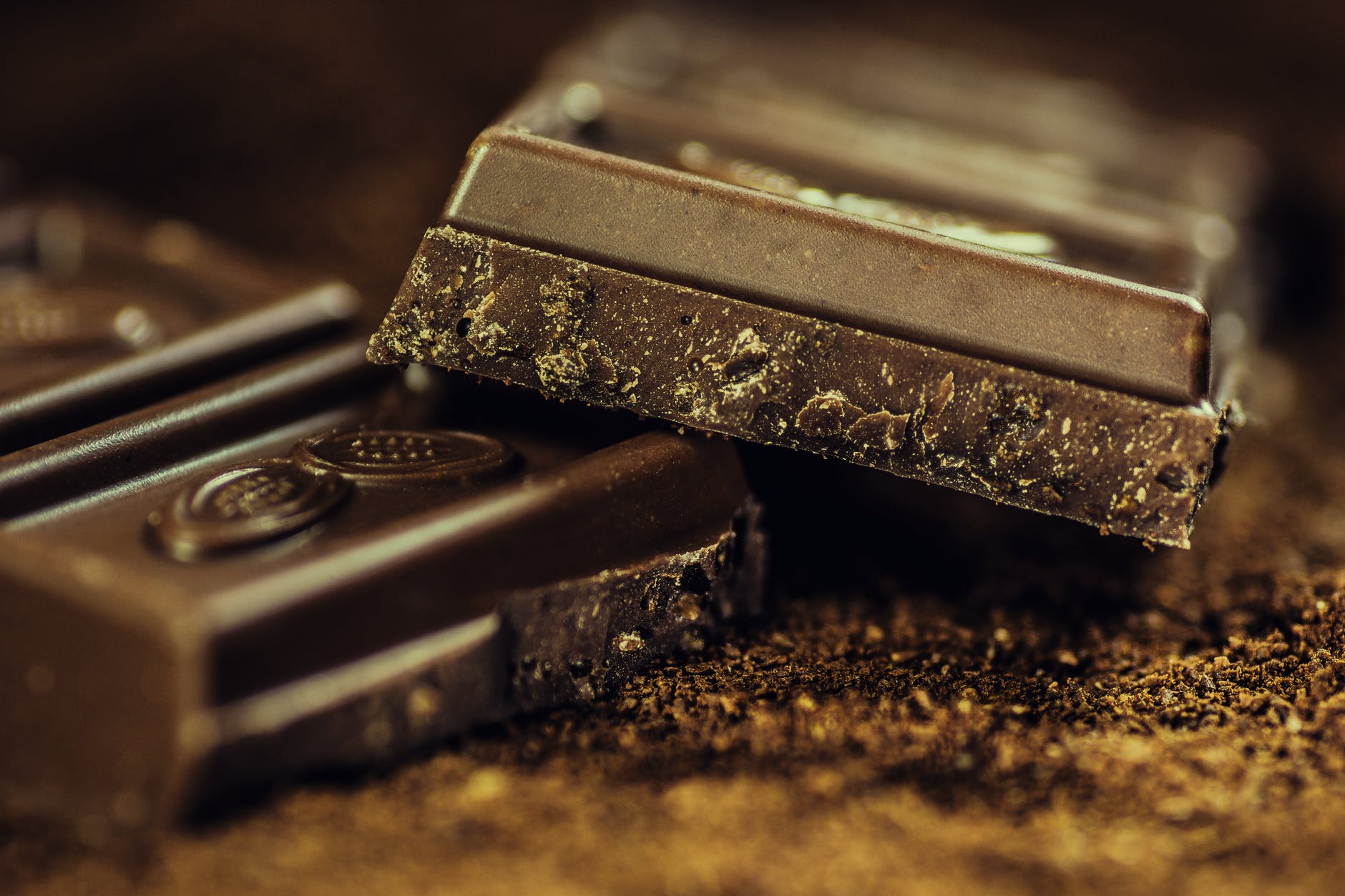


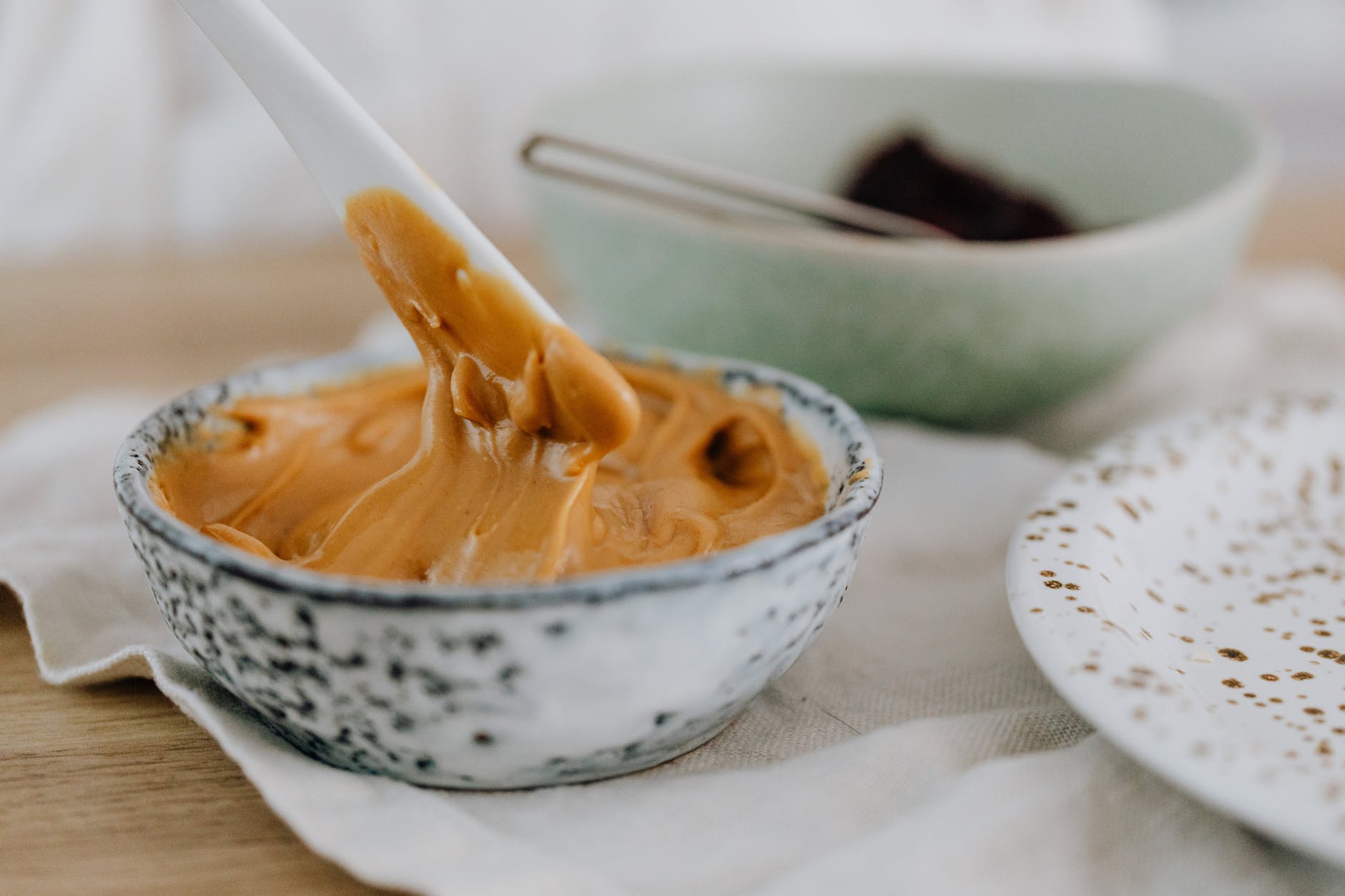

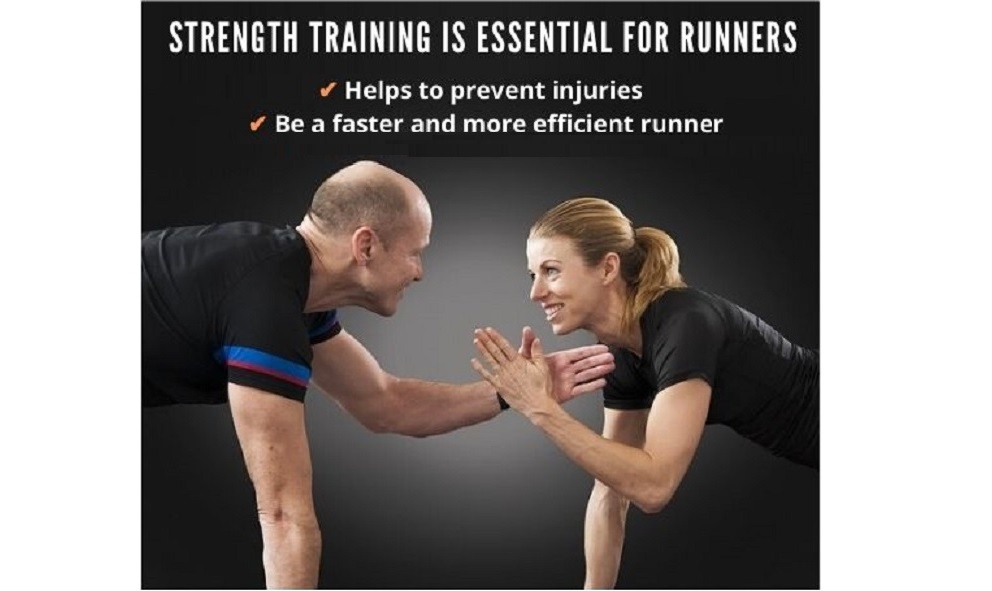
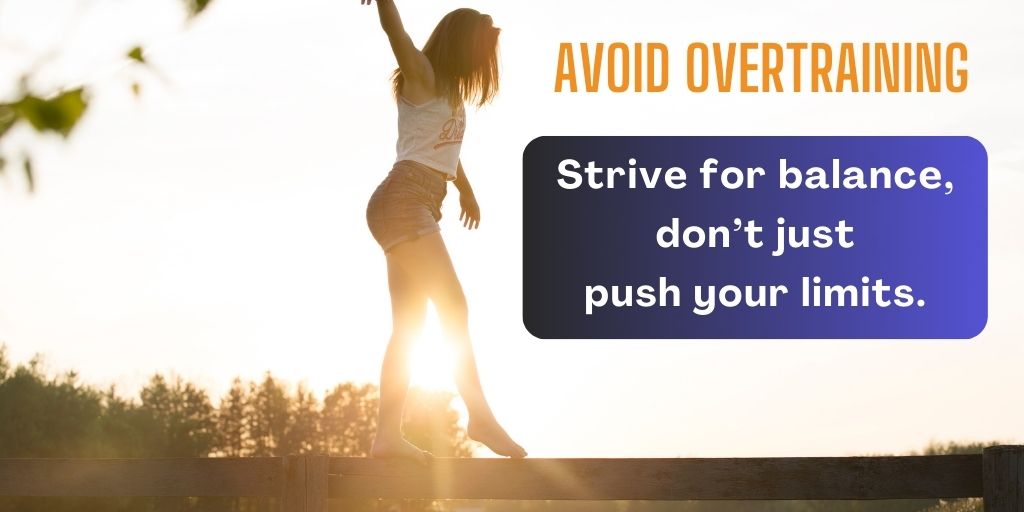

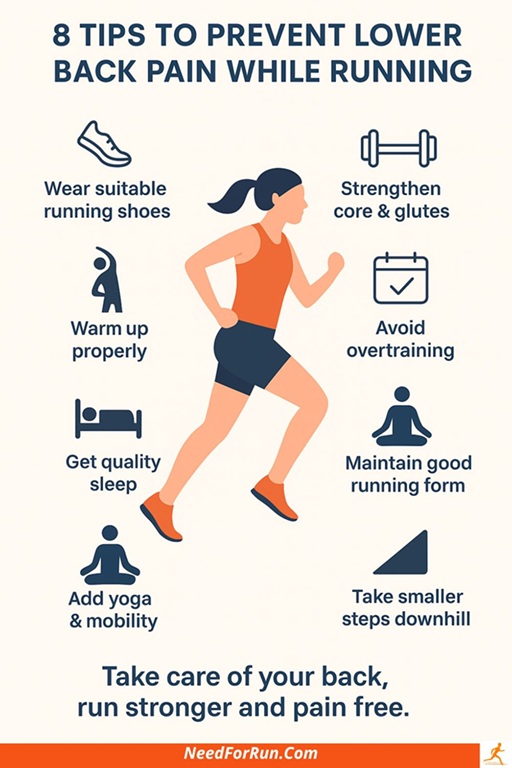
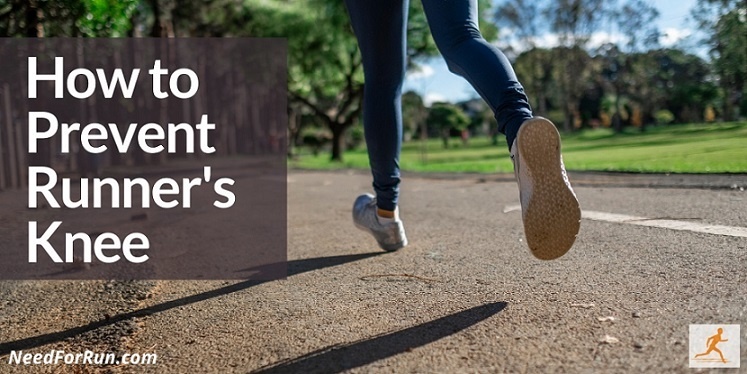
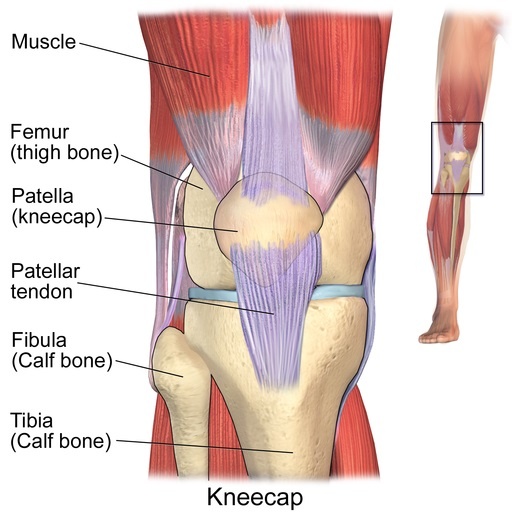
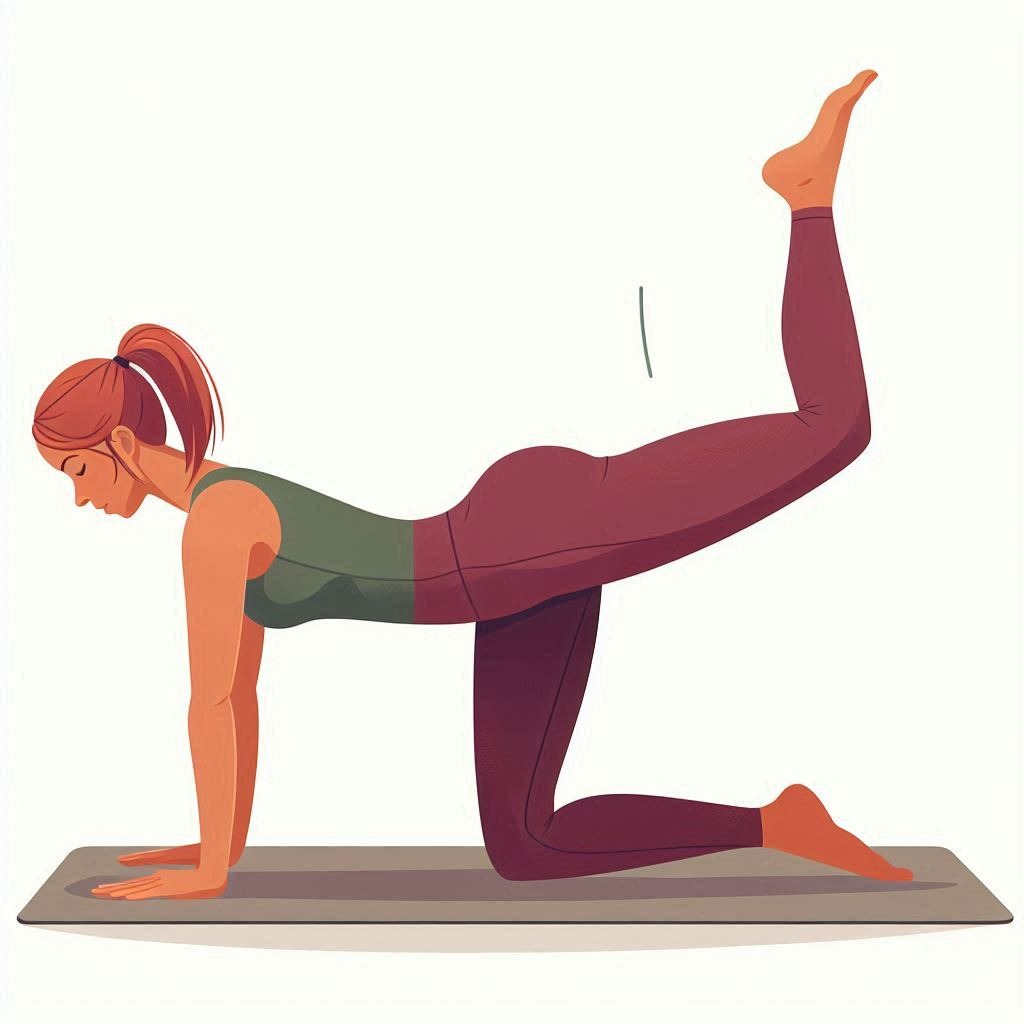
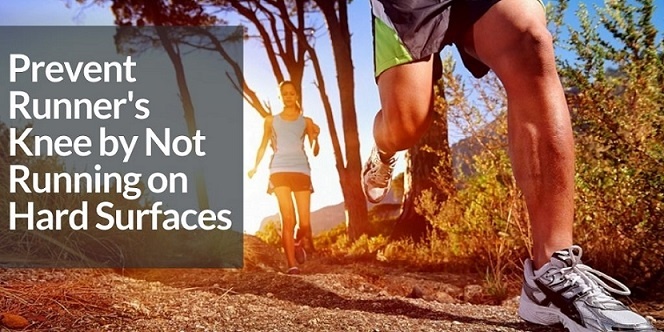


 Wall Squats build strength while protecting your knees.
Wall Squats build strength while protecting your knees.